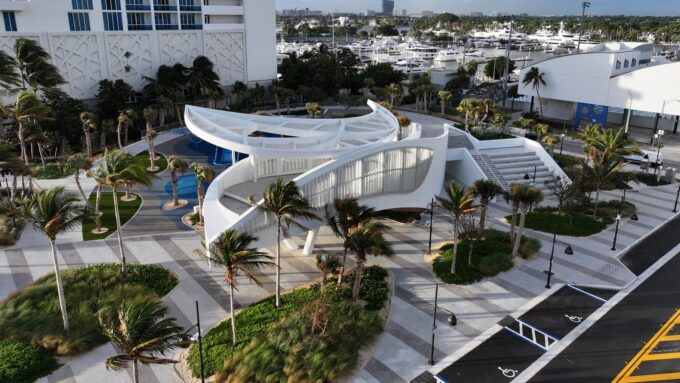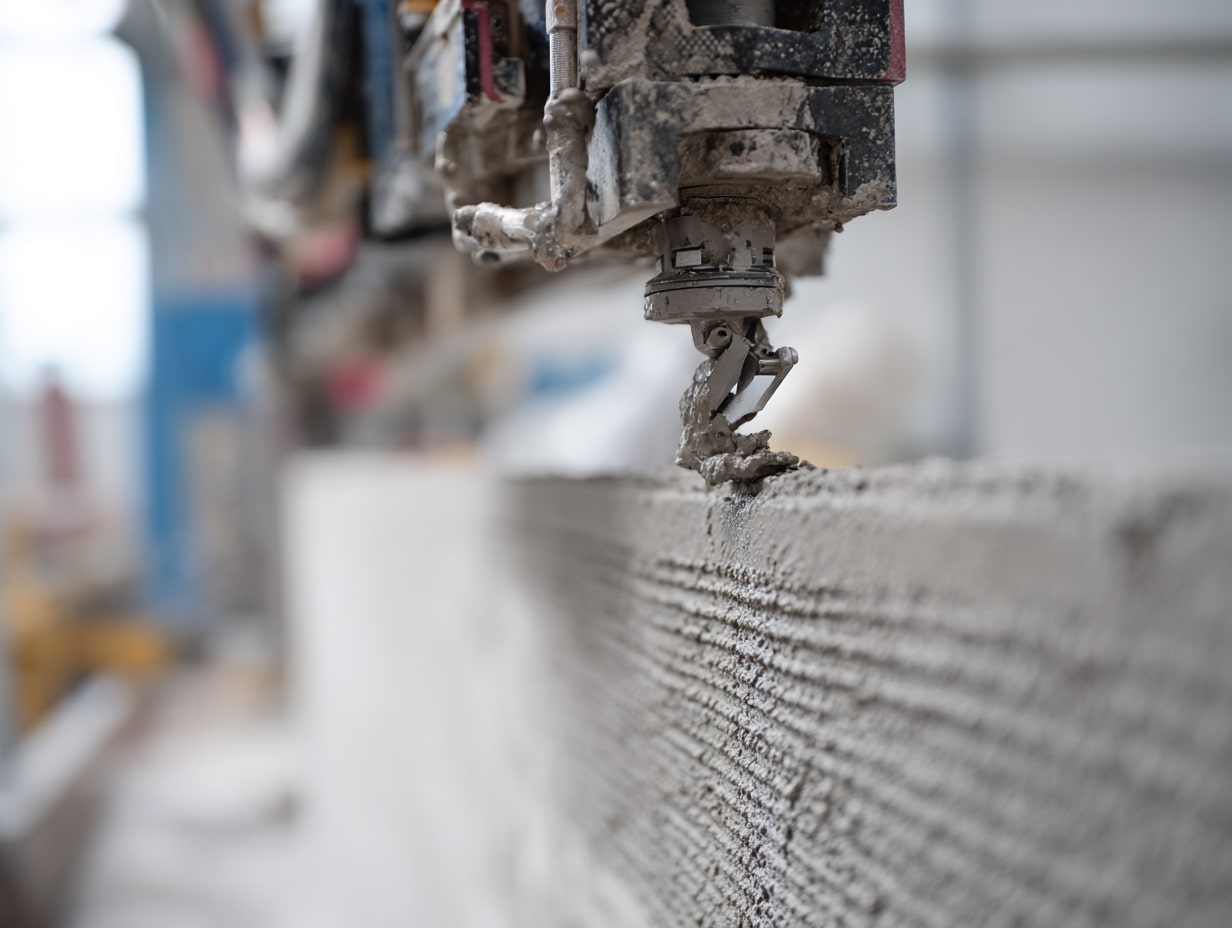- Home
- Articles
- Architectural Portfolio
- Architectral Presentation
- Inspirational Stories
- Architecture News
- Visualization
- BIM Industry
- Facade Design
- Parametric Design
- Career
- Landscape Architecture
- Construction
- Artificial Intelligence
- Sketching
- Design Softwares
- Diagrams
- Writing
- Architectural Tips
- Sustainability
- Courses
- Concept
- Technology
- History & Heritage
- Future of Architecture
- Guides & How-To
- Art & Culture
- Projects
- Interior Design
- Competitions
- Jobs
- Store
- Tools
- More
- Home
- Articles
- Architectural Portfolio
- Architectral Presentation
- Inspirational Stories
- Architecture News
- Visualization
- BIM Industry
- Facade Design
- Parametric Design
- Career
- Landscape Architecture
- Construction
- Artificial Intelligence
- Sketching
- Design Softwares
- Diagrams
- Writing
- Architectural Tips
- Sustainability
- Courses
- Concept
- Technology
- History & Heritage
- Future of Architecture
- Guides & How-To
- Art & Culture
- Projects
- Interior Design
- Competitions
- Jobs
- Store
- Tools
- More
Europe’s Historic Cities: The Best Itineraries for Architecture Lovers

A trip through Europe’s historical cities gives a unique experience of time travel. In each place, you encounter a different story that has been crystallised in the long annals of history. For people who love architecture, these cities are like a storehouse of styles from different times and art movements, showcasing the creativity of humans for centuries. Recently, when deciding if I should move to Europe or not, I ended up in a rabbit hole. My first temptation, also due to its unique architecture, was Lisbon. But recent changes to the golden visa Portugal program, let me to investigate other European historic cities. This guide provides details on the top travel plans for people who find fascination in the built environment, from old ruins in Rome to new-age creations found at Barcelona’s forefront of modernism. If Gothic cathedrals, Baroque palaces or modern structures are what fascinate you, then Europe’s architectural marvels are ready to be explored.
Table of Contents
ToggleCopenhagen: Scandinavian Precision and Modernity
Copenhagen is a city where history mixes with the present, and it offers an interesting architectural trip. The Amalienborg Palace, which is home to Denmark’s royal family, shows off the beauty of Rococo style. Its eight-sided courtyard has four facades that make it look very orderly and magnificent.
Walking on Nyhavn, you can see a charming mix of colourful townhouses that mirror the canal’s water. This place was once a busy port, but it has now turned into an attractive area for people to take leisurely strolls. If you are an admirer of modern architecture, the Opera House made by Henning Larsen shows how modern design merges function and beauty at its best.
To make your arrival in the city smoother, it’s a good idea to book a reliable transfer beforehand. You can use “taxi Copenhagen airport AtoB” for starting your architectural exploration comfortably without dealing with initial travel difficulties by public transport.

Rome: The Eternal City’s Architectural Wonders
Roaming in Rome, you feel close to history. The Colosseum is a big symbol of the past. It was used for fights with gladiators and today it makes people feel small because of its size and how long it has been there. Close to it, the Roman Forum tells stories of politics and public shows. Being the heart of Roman life, it still holds vibrations from both senators and citizens.
The Pantheon, a temple that was changed into a church, shows the top level of architectural ability through its dome. Architects still find it amazing even now. Sunlight enters from the oculus and gives a special glow like something from another world, making you feel thoughtful. In Piazza Navona, Bernini’s works, particularly the Fountain of Four Rivers, showcase Baroque time’s dramatic style and creativity.
Paris: Timeless Elegance and Revolutionary Spirit
Paris displays a mixture of mediaeval, Renaissance and modern styles. The Gothic magnificence of Notre-Dame de Paris is still strong, even after the tragic fire. The promise for restoration shows hope in bringing back its past grandeur. The stained-glass windows of the cathedral, such as the Rose Window, amaze people with their detailed patterns and lively hues.
Walking along the Seine, you come across the Louvre. In past times, it was a palace for kings and queens. Today, this place contains art from all around our planet – it holds one of Earth’s biggest collections! The contrast between its old aspect and new glass pyramid entrance makes a conversation about history and progress – something often seen in Parisian buildings. The Eiffel Tower, in its past, was a controversial structure at the time it was built. But now it signifies France’s strength and creativity shown through industries.

Prague: A Living Gallery of Architectural Styles
Prague, sometimes hidden behind other famous names, is a treasure for people who love architecture. The Charles Bridge has baroque statues on it and provides broad views of the Vltava River and city view. Every statue here carries a tale, encouraging visitors to think about its historical importance.
In the Old Town Square, many people gather to see the Astronomical Clock and watch its show every hour. This clock from the mediaeval period is an engineering wonder, displaying a celestial theatre of moving figures. The Týn Church’s twin spires rise high into the sky across this square – a Gothic masterpiece that demands awe.
Vienna: The Heart of Imperial Grandeur
Vienna, soaked in Habsburg grandeur, has big buildings that narrate stories about the empire’s ambition. The Schönbrunn Palace with large gardens and luxurious rooms gives a view into the lifestyles of Austria’s monarchs. The Baroque style of architecture, mixed with the Rococo interiors, offers an overwhelming display of splendour for your senses.
St. Stephen’s Cathedral, a representation of the Gothic age, is located in the heart of the city. The roof has an interesting design with colourful tiles that makes it unique among other cathedrals. Inside, high vaults and detailed altars create feelings of respect and appreciation.

Conclusion
Europe’s historical cities, where every building tells a tale with its architecture, are a treat for our eyes and thoughts. From the ruins of Rome to Gothic Prague, from Paris elegance to Scandinavian accuracy in Copenhagen: these routes give us many chances to explore. Every city has its own personality which encourages you into more understanding about stories hidden within their structures – layers of past events mixed with new ideas shaping both what was and is now present day life.
illustrarch is your daily dose of architecture. Leading community designed for all lovers of illustration and #drawing.
Submit your architectural projects
Follow these steps for submission your project. Submission FormLatest Posts
3D Printed Homes: Time, Cost, and What to Expect
3D printed homes explained: realistic timelines (24–72h walls, 8–16 weeks total), true...
How a Contact Centre Boosts Trust in Your Building Business
In construction, trust is the glue that holds projects together. Clients need...
How Real Time Parcel Geolocation Is Redefining Last Mile Efficiency for Modern Businesses
Last mile delivery has become the most critical point in the customer...
How Can Small Spaces Stay Stylish and Relaxing?
In today’s fast-paced urban lifestyle, small living spaces are becoming increasingly common....












Leave a comment